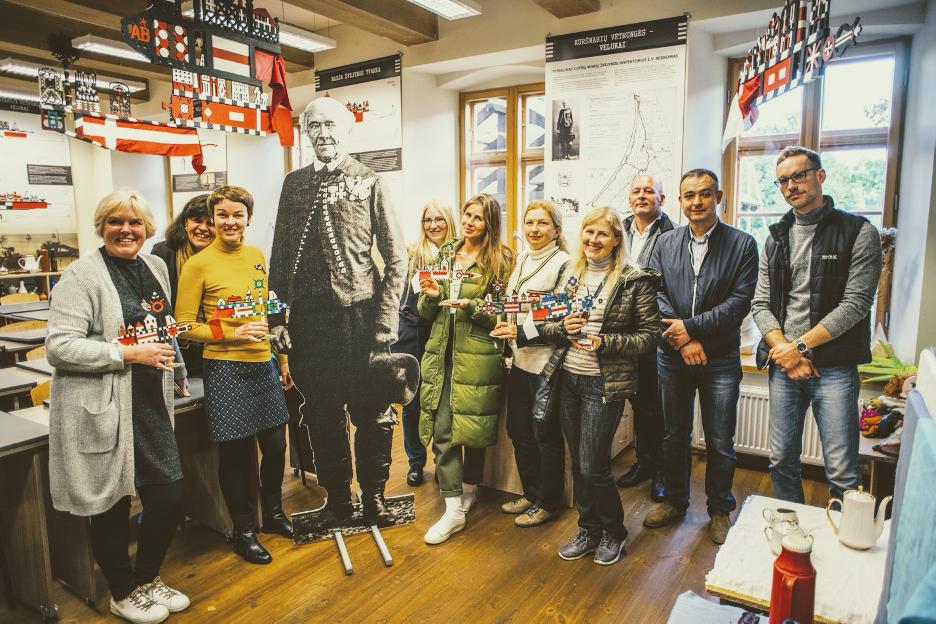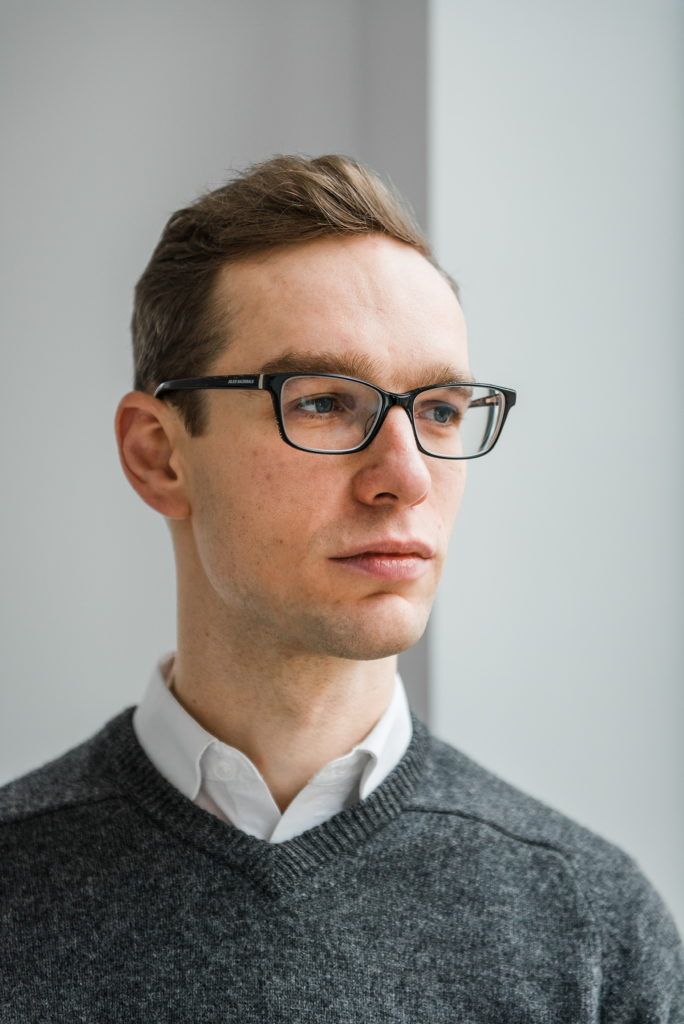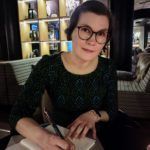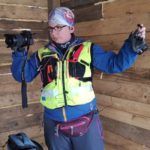Voices from the field
Eugenijus Kaminskis
Let’s change vacations: let’s go building ancient boats
The touristic sector is under a deep transformation. Many travellers are starting to have a clear preference for small, countryside destinations far away from the stress of big, bustling urban centres. There is a growing interest today for touristic activities with a cultural, didactic component. “Common heritage of Curonian lagoon” offers an alternative to traditional tourism activities. Drawing from the common heritage of the region, the project – financed under ENI CBC Lithuania-Russia programme – provides visitors with the opportunity to immerse in the history and traditions of the Curonian Lagoon and its remote and peaceful adjacent towns. We have spoken with Eugenijus Kaminskis from Kintai Arts Association (Lead Beneficiary).
What is the problem addressed by this project?
Although geographically the Curonian Lagoon is shared almost equally by Lithuania and Russia, there is a lack of identity in the region. The common history of the region has been explored by academia, but it needs to be translated into attractive educational tourism products and services: we have identified a shared local heritage and the need to look beyond the local borders. In this sense, the CBC funding allowed us to address common issues on both sides of the border.
Who is your final target ?
Our objective is to attract people who are interested in educational-cultural tourism, thus contributing to the overall impact of the tourism rates in the border region. The project creates an additional appeal for smaller places to be visited. There are so many interesting things happening in these small towns…
How did the project come to life?
 It is a natural progression from the previous activities of Kintai Arts association (LB): it is driven by the ‘creative partner’ and involves universities. In this sense, the partnership is the perfect balance between creativity and diligence. We want to make a difference using cultural heritage to create real tourism products, built on experience from the tourism sector.
It is a natural progression from the previous activities of Kintai Arts association (LB): it is driven by the ‘creative partner’ and involves universities. In this sense, the partnership is the perfect balance between creativity and diligence. We want to make a difference using cultural heritage to create real tourism products, built on experience from the tourism sector.
How will you translate your vision into reality?
The current tourism trends go beyond the main cities and offer a retreat from fast-paced urban life: Kailingrad and Klaipeida are clear examples of this. Our intention is to develop new water and land routes connecting both borders; we will transform an old elementary school into a multifunctional education craft center for the tourists and local communities to learn crafts like shipbuilding, weathercocks, ceramics. In fact, we will deploy a mini shipyard in the Curonian Spit National Park for the construction of ancient boats replicas which will be then used both as museums objects and as vehicles for trips across the borders. The sailings boats that will be recreated are exactly like the ones used in the Lagoon in the past centuries and we will offer the process of building them as part of the tourism products. Our idea is also to organise a festival of ancient small vessels at the end of the project and to deliver a management handbook and an Almanac on historical and cultural development of the region.
How is the current situation related to the COVID-19 pandemic affecting your activities?
Since international travelling will be limited, the amount of local tourists is naturally bound to increase. A good amount of tourists will choose smaller, countryside destinations over urban and busy locations. In this sense, our project offers a clear alternative. We can position ourselves in that context as a useful, cultural and cognitive leisure time.
On the other hand, we are also considering the digitalisation of some of the activities, although these cannot fully replace the physical ones. For example, we can organise an online workshop instead of recording a workshop delivered on the ground. In any case, our outdoor activities are designed to involve a rather small group of participants, so we might still be able to deliver physical events during this or next summer.
To which extent will this project remain relevant for the area post-2020?
The way people travel is changing and is becoming more ‘existential’ — smaller locations with heritage features are becoming more attractive since they offer the possibility to connect with the history of the place. The future developments in the touristic sector will have to take into account the changes in the travellers’ behaviours and motivations. In this sense, “Common heritage of Curonian lagoon” positions itself in the wider trend of changes in the tourism sector.




















